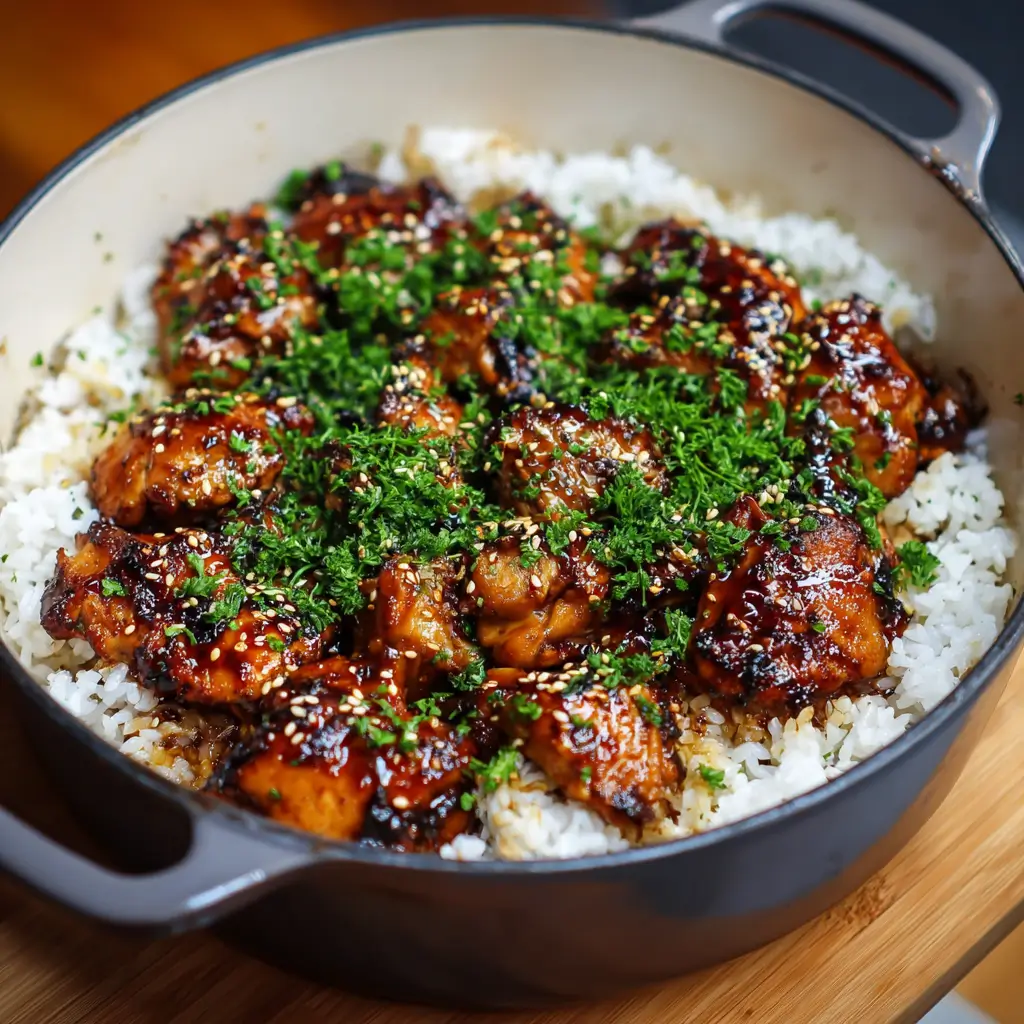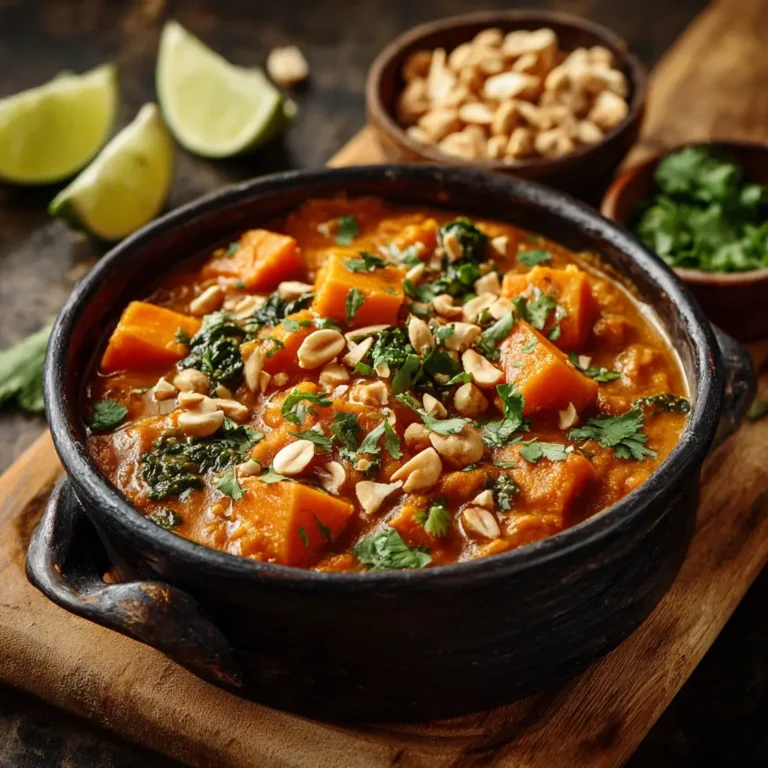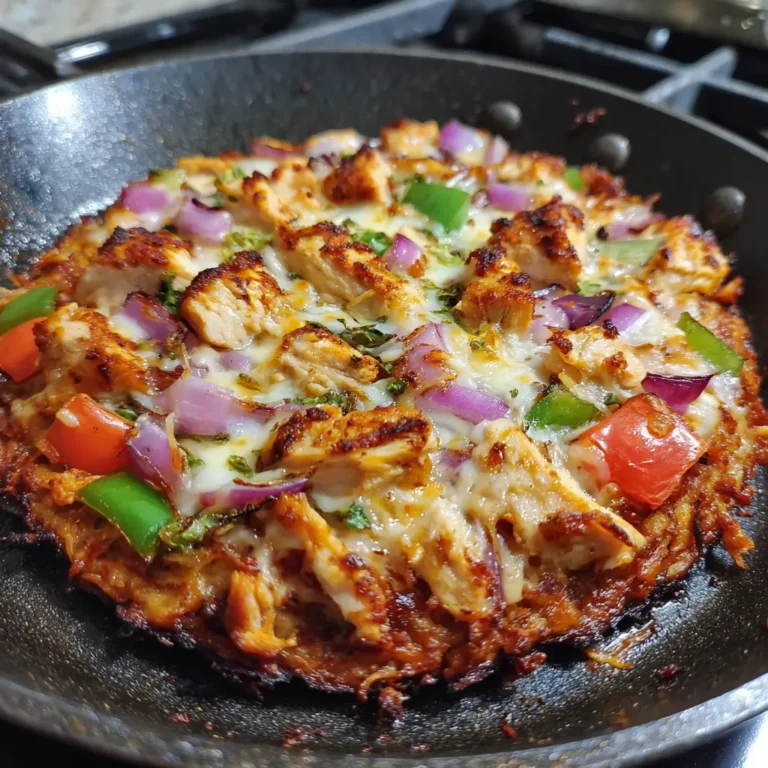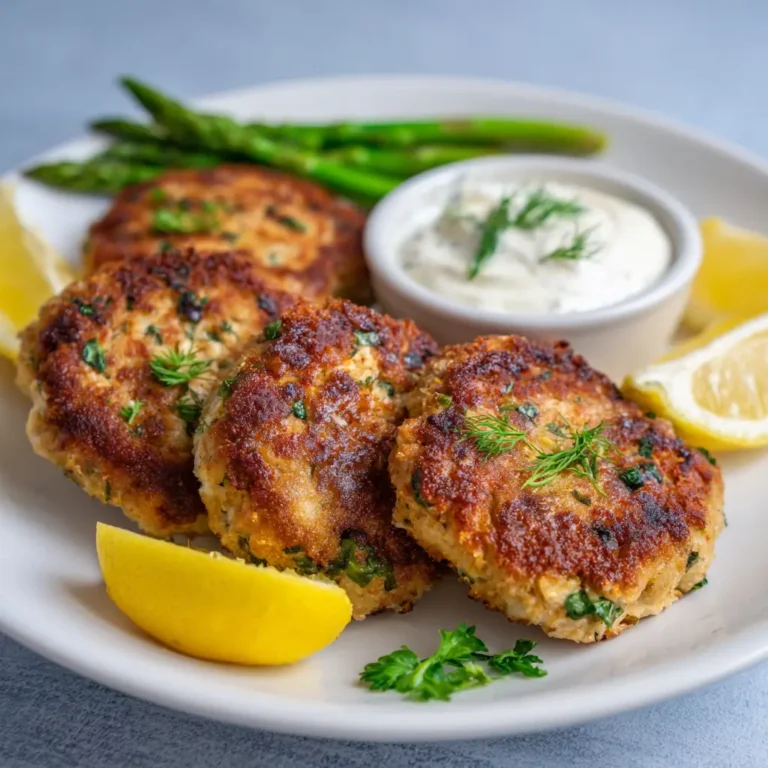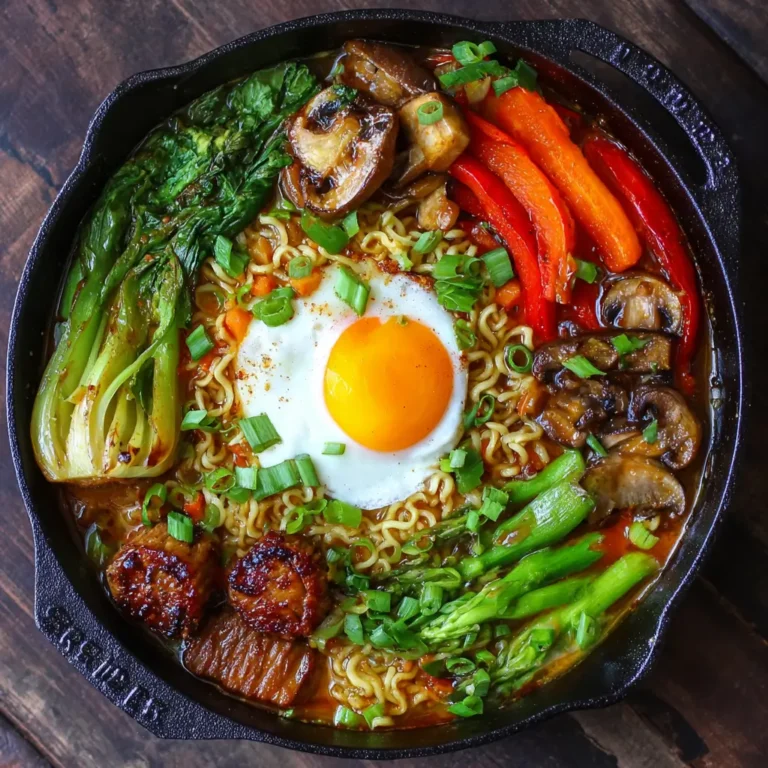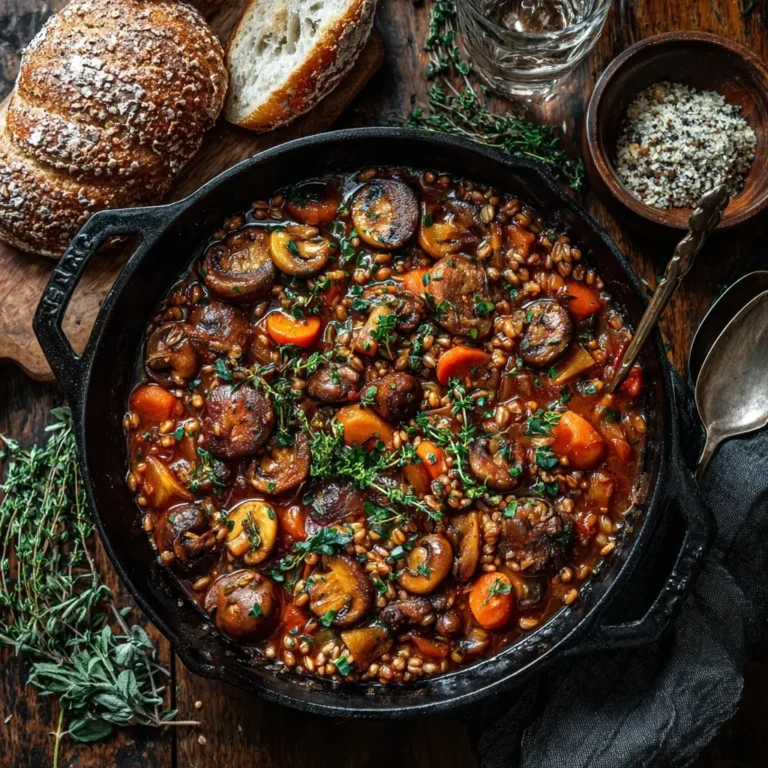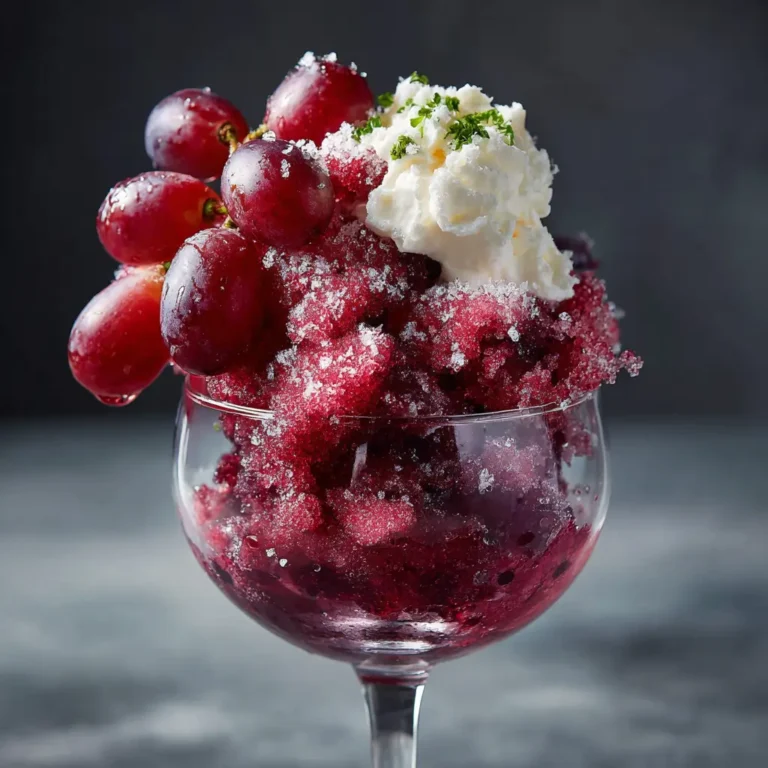One‑Pot Teriyaki Chicken Rice
One-Pot Teriyaki Chicken Rice: A Flavorful, Easy-to-Make Comfort Meal
If you’re craving a delicious, savory meal that’s both satisfying and simple to prepare, look no further than One-Pot Teriyaki Chicken Rice. This all-in-one dish combines tender chicken, aromatic rice, and the sweet-savory magic of teriyaki sauce—all cooked in a single pot for minimal cleanup and maximum flavor. Whether you’re a busy parent, a college student, or just someone who loves Japanese-inspired cuisine, this recipe is designed to bring restaurant-quality taste into your kitchen with ease. In this comprehensive guide, we’ll explore every aspect of this beloved dish—from its historical roots to detailed cooking instructions, variations, nutritional insights, and everything in between.
The History of Teriyaki and Its Culinary Evolution
The term “teriyaki” originates from Japan, where “teri” means luster or shine, referring to the glossy finish the sauce gives to food, and “yaki” means grilled or broiled. Traditionally, teriyaki was a cooking technique used primarily on fish—especially salmon and mackerel—where proteins were glazed with a mixture of soy sauce, mirin (sweet rice wine), and sugar, then grilled or broiled until caramelized and shiny. Over time, this method spread beyond fish and became popular with meats like chicken and beef, especially as Japanese cuisine gained international popularity in the 20th century.
In Western countries, particularly in North America, teriyaki evolved into a more sauce-heavy style, often served over rice or noodles. The modern version typically features a thick, sweet, and tangy sauce made with soy sauce, brown sugar, garlic, ginger, and sometimes pineapple juice or honey. The rise of quick-cook meals led to innovations like one-pot recipes, making dishes such as One-Pot Teriyaki Chicken Rice a staple in weeknight dinners. These adaptations maintain the essence of traditional flavors while catering to convenience and accessibility—perfect for today’s fast-paced lifestyle.
Ingredients Breakdown: What Goes Into the Perfect One-Pot Teriyaki Chicken Rice?
The beauty of this dish lies in its simplicity and balance of flavors. Each ingredient plays a crucial role in creating the rich umami profile that defines teriyaki. Here’s a detailed breakdown of what goes into this recipe:
- Chicken Breast or Thighs: Boneless, skinless chicken breasts are lean and widely preferred, but thighs offer a juicier, more flavorful alternative due to their higher fat content.
- Jasmine or White Rice: Medium-grain rice like jasmine holds moisture well and has a slightly floral aroma that complements the sauce. You can substitute with brown rice for a healthier option, though cooking times may vary.
- Soy Sauce: Provides the salty backbone of the teriyaki sauce. For a gluten-free version, use tamari or coconut aminos.
- Brown Sugar or Honey: Adds sweetness and helps create that signature glossy glaze. Honey also contributes a subtle floral note.
- Fresh Garlic and Ginger: Essential aromatics that give the sauce depth and warmth. Freshly minced works best, but powdered versions can be used in a pinch.
- Rice Vinegar or Mirin: Mirin adds sweetness and shine; if unavailable, a mix of rice vinegar and a bit of sugar makes a good substitute.
- Vegetable or Chicken Broth: Used instead of water to cook the rice, adding extra layers of flavor.
- Sesame Oil: Drizzled at the end for nutty richness and authentic Asian flair.
- Green Onions and Sesame Seeds: For garnish—adds freshness, color, and texture.
- Cornstarch Slurry (Optional): A mixture of cornstarch and water used to thicken the sauce if it turns out too thin.
These ingredients come together harmoniously to produce a dish that’s balanced in saltiness, sweetness, and savoriness—the hallmark of great teriyaki.
Step-by-Step Recipe: How to Make One-Pot Teriyaki Chicken Rice
This foolproof method ensures perfectly cooked chicken and fluffy rice every time—with only one pot to clean afterward. Follow these detailed steps for a seamless cooking experience:
- Prep the Ingredients: Dice 1 pound of boneless chicken into bite-sized pieces. Mince 3 cloves of garlic and 1 tablespoon of fresh ginger. Slice 4 green onions—reserve half for garnish, use the rest during cooking. Measure out 1 cup of uncooked jasmine rice and rinse under cold water until the water runs clear to remove excess starch.
- Sear the Chicken: Heat 1 tablespoon of neutral oil (like vegetable or canola) in a large, heavy-bottomed pot or Dutch oven over medium-high heat. Add the chicken pieces in a single layer and cook for 3–4 minutes per side until golden brown. Remove and set aside temporarily.
- Sauté the Aromatics: In the same pot, add 1 teaspoon of sesame oil. Stir in the minced garlic and ginger, cooking for about 30 seconds until fragrant—be careful not to burn them.
- Add Rice and Toast: Add the rinsed rice to the pot and stir gently to coat with oil and aromatics. Toast the rice for 1–2 minutes to enhance its nutty flavor and improve texture.
- Create the Teriyaki Sauce: In a bowl, whisk together ½ cup soy sauce, ¼ cup water or broth, 3 tablespoons brown sugar, 1 tablespoon rice vinegar or mirin, and 1 teaspoon cornstarch (if using). Pour this mixture into the pot with the rice.
- Combine and Simmer: Return the seared chicken to the pot, stirring to combine. Add 1¾ cups of chicken broth (or water), ensuring the liquid covers everything. Bring to a boil, then reduce heat to low, cover tightly with a lid, and simmer for 18–20 minutes, or until the rice is tender and liquid is absorbed.
- Rest and Fluff: Turn off the heat and let the pot sit covered for 5–10 minutes. This allows the rice to steam fully and absorb any remaining moisture. After resting, fluff the rice with a fork and gently mix in the chicken.
- Garnish and Serve: Drizzle with a little extra sesame oil, sprinkle with sliced green onions and toasted sesame seeds. Serve hot with steamed vegetables, edamame, or a side salad.
Tips for Perfect One-Pot Teriyaki Chicken Rice Every Time
To elevate your dish from good to exceptional, keep these professional tips in mind:
- Rinse Your Rice: Always rinse rice before cooking to remove surface starch, which prevents gummy or sticky results.
- Don’t Skip Searing: Browning the chicken first enhances flavor through the Maillard reaction and gives the dish a deeper, richer taste.
- Use a Tight-Fitting Lid: Prevents steam from escaping, which is essential for even rice cooking. If your lid isn’t tight, place a sheet of parchment paper underneath it.
- Resist the Urge to Peek: Keep the lid closed during simmering. Lifting it releases steam and disrupts the cooking process.
- Let It Rest: Allowing the dish to rest after cooking ensures fluffy, evenly textured rice.
- Adjust Sweetness: Taste your sauce before adding—it should balance sweet and salty. Adjust sugar or soy sauce accordingly.
- Thicken the Sauce (Optional): If you prefer a thicker glaze, mix 1 teaspoon cornstarch with 1 tablespoon cold water and stir into the pot after cooking, heating for 1–2 minutes until glossy.
Variations and Customizations: Make It Your Own
The versatility of One-Pot Teriyaki Chicken Rice makes it ideal for personalization. Try these creative twists to suit different tastes and dietary needs:
- Vegetarian Version: Replace chicken with tofu, tempeh, or a mix of mushrooms (shiitake and oyster work well). Use vegetable broth throughout.
- Spicy Kick: Add red pepper flakes, sriracha, or a diced chili pepper when sautéing the garlic and ginger.
- Pineapple Twist: Incorporate ½ cup of crushed pineapple (with juice) into the sauce for a tropical touch—great for a Hawaiian-style bowl.
- Low-Sodium Option: Use low-sodium soy sauce and increase fresh garlic, ginger, and herbs to maintain flavor without excess salt.
- Gluten-Free Adaptation: Substitute soy sauce with tamari or a certified gluten-free soy sauce alternative.
- Add Veggies: Stir in frozen peas, carrots, bell peppers, or broccoli florets along with the rice for a complete meal.
- Different Grains: Swap white rice for quinoa, brown rice, or cauliflower rice (note: adjust liquid and cooking time accordingly).
- Kid-Friendly: Reduce garlic and ginger slightly and increase honey for a sweeter, milder version that picky eaters love.
Health Considerations and Nutritional Value
One-Pot Teriyaki Chicken Rice can be part of a balanced diet when prepared thoughtfully. Here’s a general nutritional breakdown per serving (based on 4 servings, using chicken breast and white rice):
- Calories: ~450–500 kcal
- Protein: ~30–35g (excellent source from chicken)
- Carbohydrates: ~60g (mostly from rice)
- Fat: ~8–10g (mostly healthy fats from sesame oil and lean chicken)
- Sodium: ~900–1200mg (can be reduced with low-sodium soy sauce)
- Sugars: ~12–15g (primarily from added sugar in sauce)
Health Tips:
- Choose brown rice or quinoa to increase fiber and lower the glycemic index.
- Reduce added sugar by using natural sweeteners like mashed banana or apple sauce in small amounts, or cut the sugar by 1/3 without sacrificing too much flavor.
- Boost micronutrients by adding colorful vegetables like spinach, zucchini, or snap peas.
- Limit sodium by using reduced-sodium soy sauce and avoiding additional salt.
- For heart health, use olive oil instead of vegetable oil when searing chicken.
This dish offers high-quality protein and energy-rich carbohydrates, making it suitable for active individuals, families, and meal preppers alike.
Complete Ingredients List
- 1 lb (450g) boneless, skinless chicken breasts or thighs, diced
- 1 cup jasmine rice (or preferred long-grain rice), rinsed
- 1 tbsp vegetable oil (for searing)
- 1 tsp sesame oil
- 3 cloves garlic, minced
- 1 tbsp fresh ginger, grated
- 4 green onions, sliced (white and green parts separated)
- ½ cup soy sauce (low-sodium optional)
- 3 tbsp brown sugar (or honey)
- 1 tbsp rice vinegar or mirin
- ¼ cup water or broth
- 1 tsp cornstarch (optional, for thickening)
- 1¾ cups chicken or vegetable broth
- 1 tbsp toasted sesame seeds (for garnish)
- Additional vegetables (optional: peas, carrots, bell peppers)
Detailed Directions
- Heat 1 tablespoon of vegetable oil in a large pot or Dutch oven over medium-high heat.
- Add diced chicken and cook until golden brown on all sides, about 5–6 minutes total. Remove and set aside.
- In the same pot, add 1 teaspoon of sesame oil, followed by minced garlic, grated ginger, and the white parts of the green onions. Sauté for 30 seconds until fragrant.
- Stir in the rinsed rice and toast for 1–2 minutes, coating it with the oil and aromatics.
- In a separate bowl, whisk together soy sauce, brown sugar, rice vinegar, water, and cornstarch (if using). Pour over the rice.
- Return the chicken to the pot. Add 1¾ cups of broth and stir gently to combine. Bring to a rolling boil.
- Once boiling, reduce heat to low, cover with a tight-fitting lid, and simmer for 18–20 minutes (or according to rice package instructions).
- After cooking, turn off the heat and let stand, covered, for 10 minutes.
- Fluff the rice with a fork, mix in the chicken, and adjust seasoning if needed.
- Garnish with green onion slices, sesame seeds, and a drizzle of sesame oil.
- Serve immediately with steamed veggies or a fresh salad.
Frequently Asked Questions (FAQ)
Can I make this in a rice cooker?
Yes! Sear the chicken in a pan first, then add all ingredients (except garnishes) to the rice cooker. Use the “white rice” setting and follow the same ratios. Stir after cooking and garnish.
How do I store leftovers?
Cool completely and store in an airtight container in the refrigerator for up to 4 days. Reheat in the microwave with a splash of water to restore moisture.
Can I freeze One-Pot Teriyaki Chicken Rice?
Yes. Freeze in portioned containers for up to 3 months. Thaw overnight in the fridge and reheat gently on the stove or microwave.
Why is my rice mushy or undercooked?
Mushy rice usually means too much liquid or overcooking. Undercooked rice may result from lifting the lid too often or insufficient liquid. Stick to the recommended ratios and avoid peeking!
Is teriyaki sauce gluten-free?
Traditional soy sauce contains wheat, so it’s not gluten-free. Use tamari or a certified gluten-free soy sauce to make this dish safe for gluten-sensitive individuals.
Can I use frozen chicken?
It’s best to thaw chicken before cooking for even texture and food safety. Cooking frozen chicken may lead to uneven doneness and excess moisture.
What can I serve with this dish?
Excellent pairings include steamed broccoli, stir-fried bok choy, miso soup, seaweed salad, or a simple cucumber sunomono.
Summary
One-Pot Teriyaki Chicken Rice is a flavorful, fuss-free meal that brings the taste of Japanese-inspired cuisine straight to your dinner table with minimal effort. Packed with tender chicken, fluffy rice, and a glossy homemade teriyaki sauce, it’s comfort food perfected in a single pot.
